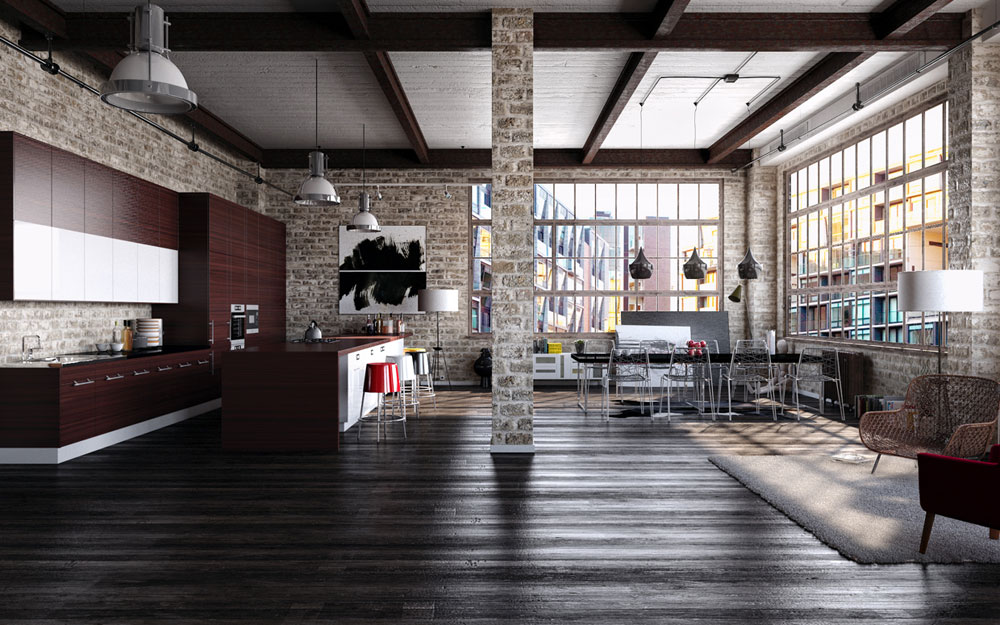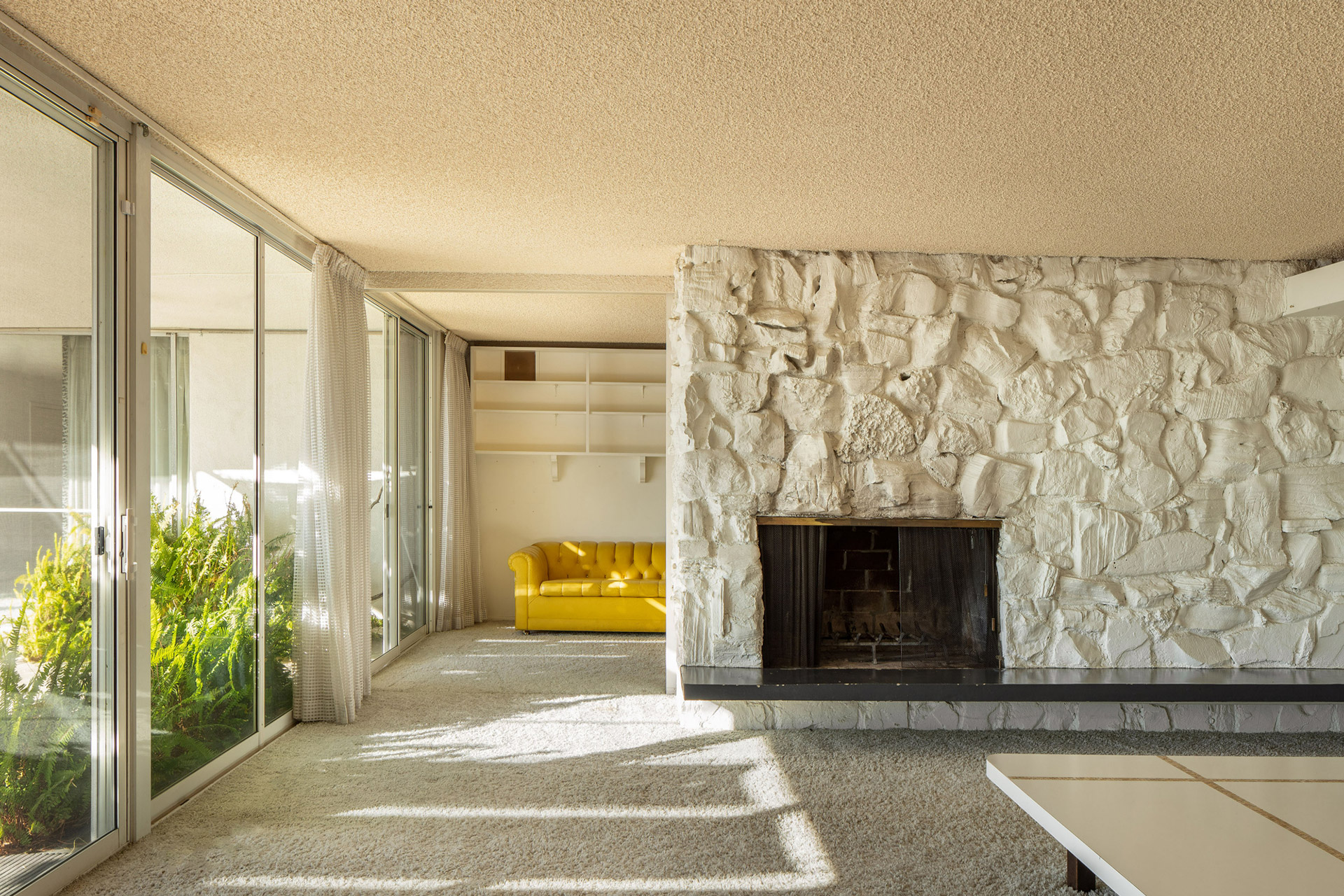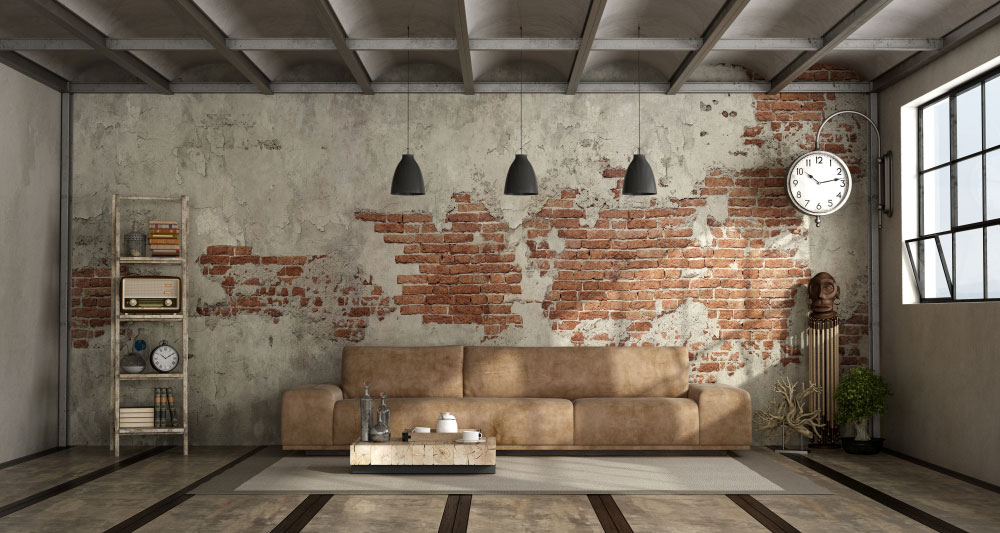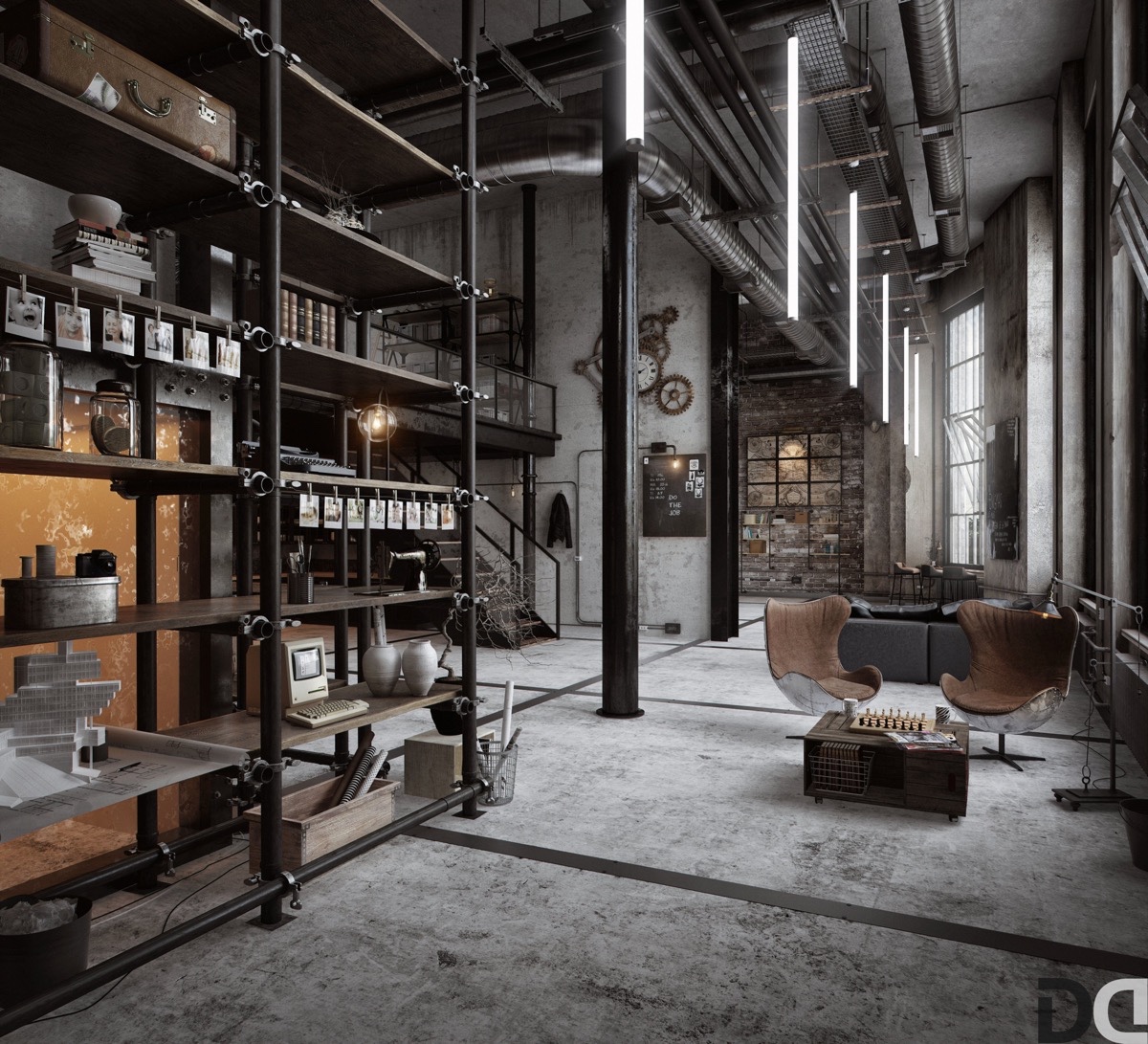Table Of Content

Because it retains heat to keep spaces warm during the colder months and cooler in hotter temps, brick is energy-efficient as well. Industrial-style interior décor can comprise vintage elements such as lamps, bulbs, pots, artefacts, and wall hangings. Accordingly, when all of the elements are put together, they will form a warm environment. High ceilings with raw textures or their original forms give the space an industrial look.
Can industrial interior design work in small spaces?
The emergence of the industrial interior design style can be credited to the industrial revolution that began in the late 18th century. Factories and warehouses surfaced across Europe and the United States, featuring large, open spaces with utilitarian materials such as exposed brick, steel, and concrete. This function-oriented design was driven by the need to accommodate machinery and production processes efficiently. However, initially, this design style was largely restricted to commercial and infrastructural spaces. That said, by combining these two design styles, you get to achieve a good balance between harsh ruggedness and refined roughness, with more touches of natural elements. ‘The stark, clean lines, exposed steel or timber beams or even unfinished walls of an industrial interior can be softened by including elements from other trends, adds Anamaria Paraoaru of The Thames Studio.
The Ultimate Guide to Interior Design Styles According to Our Editors
You can also experiment with paint that mimics the look of concrete on an accent wall or fireplace surround. While little is known about the origin of industrial style interiors, it’s widely assumed that the style developed during the early 20th century. At the end of the 2nd industrial revolution, the trend towards globalization become more apparent. Scores of key factories shuttered and moved their operations to other countries, and as a result, vacant industrial buildings suffered from neglect. Which in turn left behind an endless resource of high-quality materials to take advantage of. Exposed concrete and brick are the backbones of industrial-inspired interior design.
Light it up industrial style
Sue believes there is no need to choose between good design and a green approach and always tries to find new ways to incorporate her fervor for healthy, eco-friendly living into her design concepts, . Inspired by sandy beaches and blue waves, Coastal style incorporates bright colors, organic (often whitewashed) textures, and summery materials like wicker and rattan, as seen in this beach home by Jess Weeth. With sleek, often minimal elements, bespoke furniture, and high-tech details, Contemporary interiors (like this bedroom by Catherine Kwong) are more streamlined than modernist ones and more textural than minimal ones.
How To Create A Color Scheme For A Home – A Simple PRO Guide
A true melding of function and form, industrial interior design is quite simply about displaying building materials that are usually concealed, be it cracked concrete, lengths of ducting or unshaded lightbulbs. Industrial style refers to frill and fuss-free no-nonsense decor that takes inspiration from the lofty look of warehouses, factories, and other industrial structures. Industrial style decor comprises of stripped back architectural details including the use of bare bricks, metals, and wood, as well as salvaged and recycled materials.

Furniture
Original factory windows made of steel and aluminum were large to provide light for those working inside. The signature grid pattern of factory windows comes from the metal dividers, or muntins, that connect individual panes of glass to form larger windows. Exposed filaments, squiggly illuminated ribbons, and that warm glow are the signature qualities of the Edison light bulb. Edison light bulbs do not typically use shades and covers because their beauty is in their form. Since brick is made of natural base materials, it does not react with other substances or release harmful chemicals into the environment.
For the urban male, the arched casement window is not just a window; it’s a design statement. To better understand industrial interior design, consider the following list of design elements often found in industrial-style homes. Modern Farmhouse style interprets its traditional cousin but simplifies shapes and often incorporates midcentury and industrial elements, like in this kitchen by Alyssa Rosenheck. Spaces that bridge the gap between modern and traditional—like this kitchen by Toledo Geller—are dubbed transitional.
Industrial Style Bar Stools & Tables
Why industrial interiors are making waves with buyers - Inman
Why industrial interiors are making waves with buyers.
Posted: Mon, 22 Mar 2021 07:00:00 GMT [source]
Each groove, mark, and imperfection is a testament to its journey and resilience. It’s not just about beauty; it’s about the tales embedded in the wood grain and the rugged charm that infuses the room with warmth and raw authenticity. Embrace the power of distressed wood, and let it redefine your industrial-themed haven.
Decorating Tips
Unveiling the charm of the industrial mid-century modern style, one is immediately captivated by the delicate balance of raw strength and refined elegance. Imagine walking into a room where the rich texture of brown leather sofas harmoniously blends with the rustic appeal of wood accents. Think vast open spaces, where the remnants of old machinery and aged beams intermingle with modern comforts and innovation.
Metal light fixtures and crystal chandeliers provide contrast and a touch of elegance to the industrial aesthetic. As the Industrial Revolution progressed, many factories and warehouses became obsolete and were abandoned. However, in the 1960s and 1970s, artists and creatives began to see the potential in these spaces as living areas. The large, open floor plans and raw, industrial aesthetic provided a unique canvas for interior design.
Large windows illuminate brick walls, steel structures, and weathered floors. Every element, though seemingly unfinished, exudes a deliberate style, crafting a unique canvas that speaks to boldness, creativity, and an appreciation for the unrefined. Such windows, with their arches and grids, become the focal point of any room, ushering in ample light while offering a panoramic view of the city’s skyline. When framed in black metal, they exude a masculine elegance that speaks volumes of an industrial past intertwined with modern functionality.
After the second industrial revolution hit and factories shut down, and as the population increased, it became common to transform these large empty buildings into living spaces,’ explains Anamaria Paraoaru of The Thames Studio. ‘When artists in 1950s America were looking for large, light-filled spaces to live and work, they began converting warehouses, factories and mills into open plan live-work spaces where creativity could flourish. This style is perfect for those who want to achieve a warm and cozy feel in their living space. You can incorporate this style into your home by using wooden furniture, exposed brick walls, and natural palette colors.














